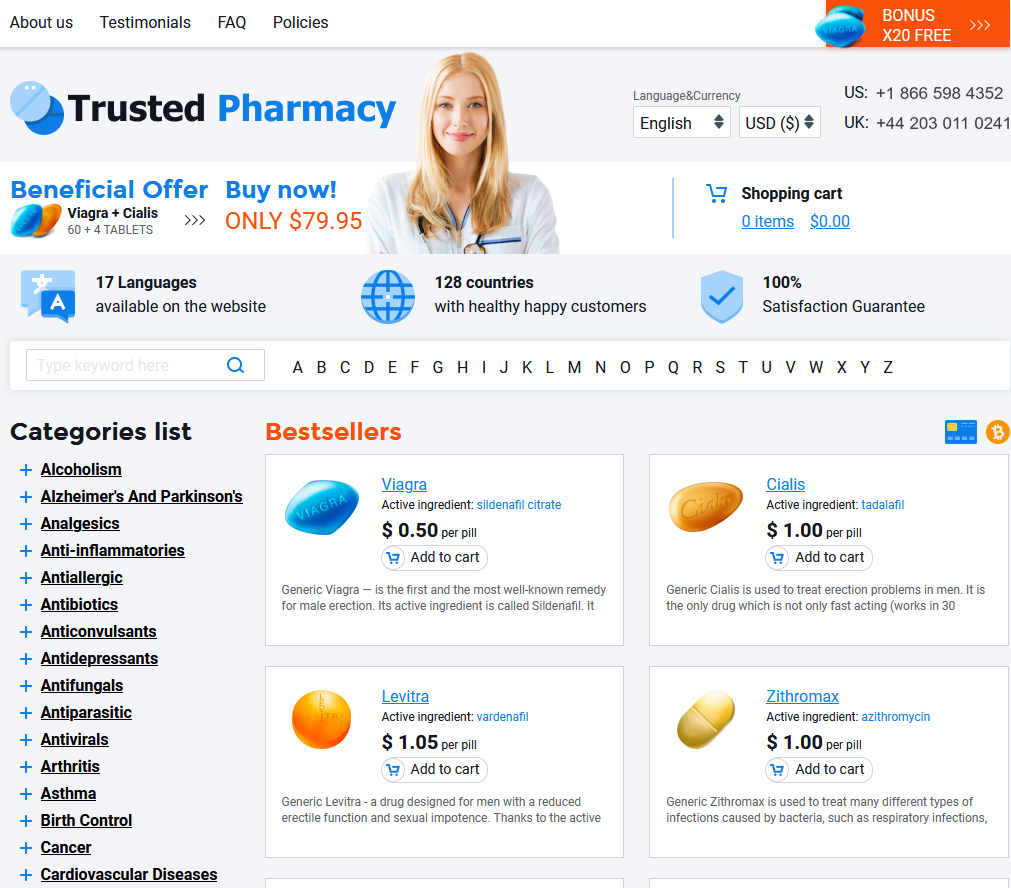 Promethazine Vs. Other Antihistamines: Comparative Guide
Promethazine Vs. Other Antihistamines: Comparative Guide
Understanding Promethazine: What Makes It Unique
Promethazine, an intriguing member of the antihistamine family, distinguishes itself through its multifaceted applications and chemical versatility. Unlike most antihistamines, Promethazine is not solely confined to battling allergies; it also acts as an antiemetic and sedative. Its unique ability to block histamine H1 receptors links it to a broad spectrum of therapeutic uses. With roots tracing back to the 1940s, Promethazine combines with other medicines to relieve diverse conditions, making it a fascinating subject of study in modern pharmacology.
| Feature | Promethazine |
|---|---|
| Therapeutic Uses | Allergies, nausea, sedation |
| Receptor Target | Histamine H1 |
| Origins | Developed in the 1940s |
| Unique Traits | Multi-purpose medication |
The Mechanism of Action: How Antihistamines Work

Antihistamines serve as vigilant blockers, thwarting the effect of histamines that spark allergy symptoms. Promethazine, influential among these antihistamines, primarily targets H1 receptors found in smooth muscles and blood vessels. Once engaged, promethazine acts as a guardian, preventing histamines from causing symptoms like swelling, itching, and runny nose. Unlike later generations, its sedative effect is pronounced due to its ability to cross the blood-brain barrier. This dual action makes promethazine a popular choice for those seeking relief from severe allergies and motion sickness.
Comparing Promethazine with First-generation Antihistamines
Promethazine is a standout in the realm of first-generation antihistamines due to its multi-purpose nature, tackling nausea, allergies, and motion sickness simultaneously. Unlike others in its class such as diphenhydramine and chlorpheniramine, promethazine possesses a unique sedative effect, making it an effective choice for pre-operative sedation and anxiety reduction. Its versatility is attributed to its ability to cross the blood-brain barrier more effectively, which enhances its sedative properties.
The sedative nature of promethazine, while beneficial for certain conditions, can also lead to pronounced drowsiness, a common characteristic shared among first-generation antihistamines. These effects can impact daily activities, a factor less pronounced in newer antihistamines. Yet, for patients requiring strong symptomatic relief, the trade-off is often deemed worthwhile, particularly in acute allergic reactions.
Despite their shared potency in managing allergies, first-generation antihistamines like promethazine often come with a host of possible side effects, such as dry mouth and blurred vision, setting them apart from their second-generation counterparts. Promethazine's additional dopamine-receptor-blocking activity further adds to its distinctive profile, offering antiemetic benefits but also necessitating cautious use in certain populations.
Overall, while possessing strong sedative and therapeutic properties, promethazine and its peers demand careful consideration due to their side effect profiles. Their enduring presence in clinical use highlights their effectiveness, but they require mindful selection, particularly in individuals sensitive to sedation or anticholinergic effects.
Promethazine Vs. Second-generation Antihistamines: Key Differences

Promethazine, a first-generation antihistamine, offers significant sedative properties, making it a powerful ally against motion sickness and nausea. However, its tendency to cause drowsiness contrasts starkly with the minimal sedative effects observed in second-generation antihistamines like loratadine and cetirizine. These newer medications are often preferred for daytime use due to their non-drowsy formulation.
Second-generation antihistamines primarily target allergic reactions with greater specificity and longer duration of action, usually requiring less frequent dosing. Promethazine, while effective, requires careful consideration regarding dosage to avoid unwanted sedation, thus affecting its suitability for 24-hour allergy relief.
For those needing quick relief from allergy symptoms coupled with sedation, promethazine can be beneficial. However, for individuals requiring consistent allergy management without affecting daily activities, second-generation antihistamines offer a preferable choice. Understanding these fundamental differences assists individuals and healthcare providers in selecting the most effective treatment plan personalized to their lifestyle and symptomatology.
Side Effects and Safety Profiles: Promethazine and Others
Promethazine, a first-generation antihistamine, can cause drowsiness, dizziness, dry mouth, and blurred vision. While these effects are common, the intensity may vary among users. Although effective for allergy relief and motion sickness, its sedative nature is more pronounced compared to other antihistamines.
When comparing second-generation antihistamines, Promethazine's safety profile reveals distinct contrasts. Second-generation options like cetirizine and loratadine are often preferred for their lower sedative effects and reduced impact on daily activities.
| Antihistamine | Side Effects |
|---|---|
| Promethazine | Drowsiness, dizziness, dry mouth |
| Second-generation (e.g., cetirizine) | Less sedating |
Safety profiles and potential drug interactions should guide the choice of antihistamine. While Promethazine remains a powerful option for certain conditions, individuals sensitive to its sedative effects might prefer less sedating alternatives. Always consult a healthcare provider to determine the most suitable antihistamine based on health needs and lifestyle.
Choosing the Right Antihistamine: Factors to Consider
When selecting an antihistamine, individual health needs and specific symptoms play a crucial role. Factors such as the severity of the allergy, potential side effects, personal health history, and any ongoing medications must be carefully evaluated. Promethazine, being a first-generation antihistamine, offers a potent sedative effect, which may be beneficial for nighttime allergy relief but less ideal for daytime use due to its drowsiness potential. In contrast, second-generation antihistamines like loratadine are often non-sedative, suitable for maintaining alertness during the day. It’s essential to consult healthcare professionals to tailor the choice to personal circumstances and ensure safety. Source 1 Source 2